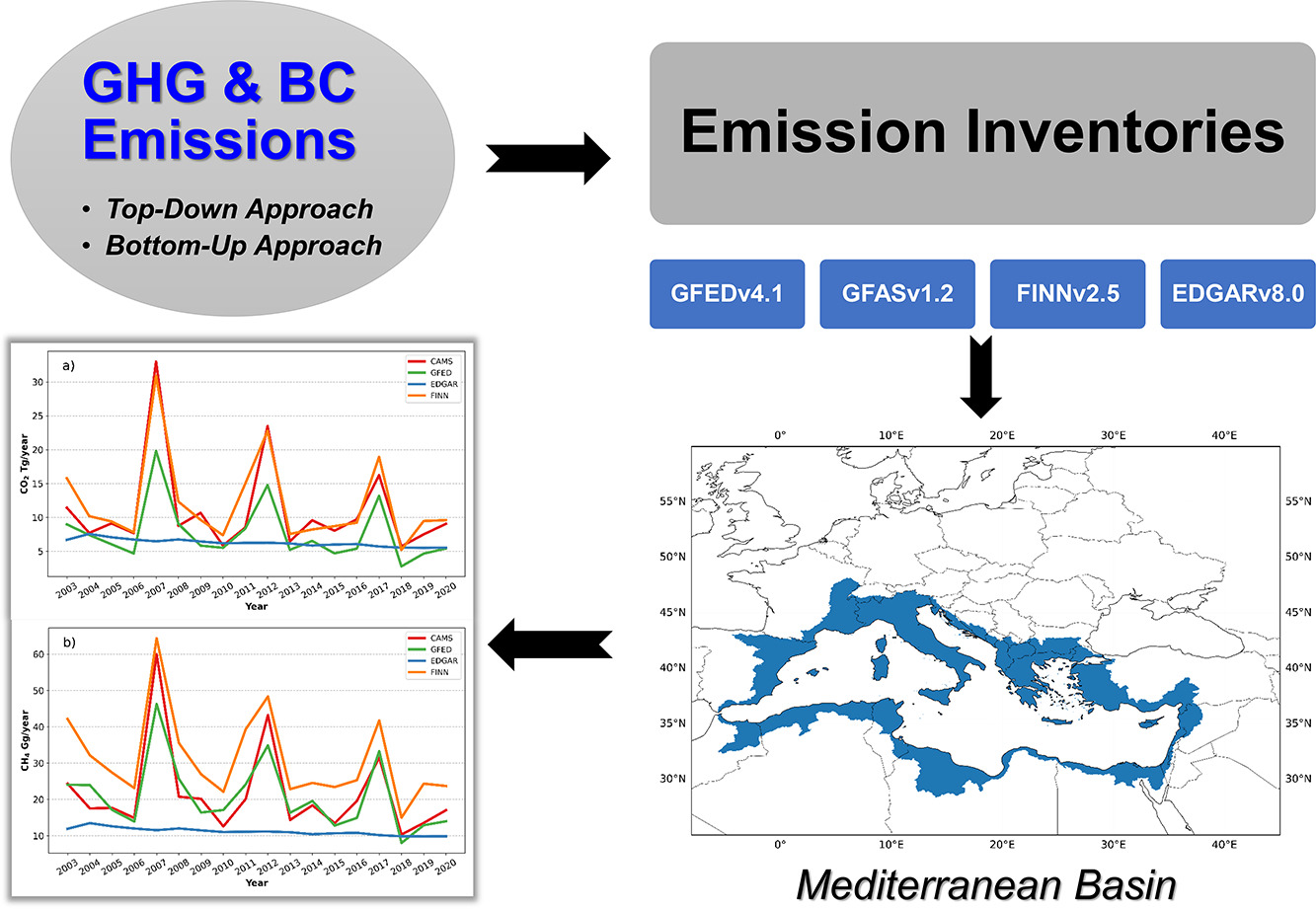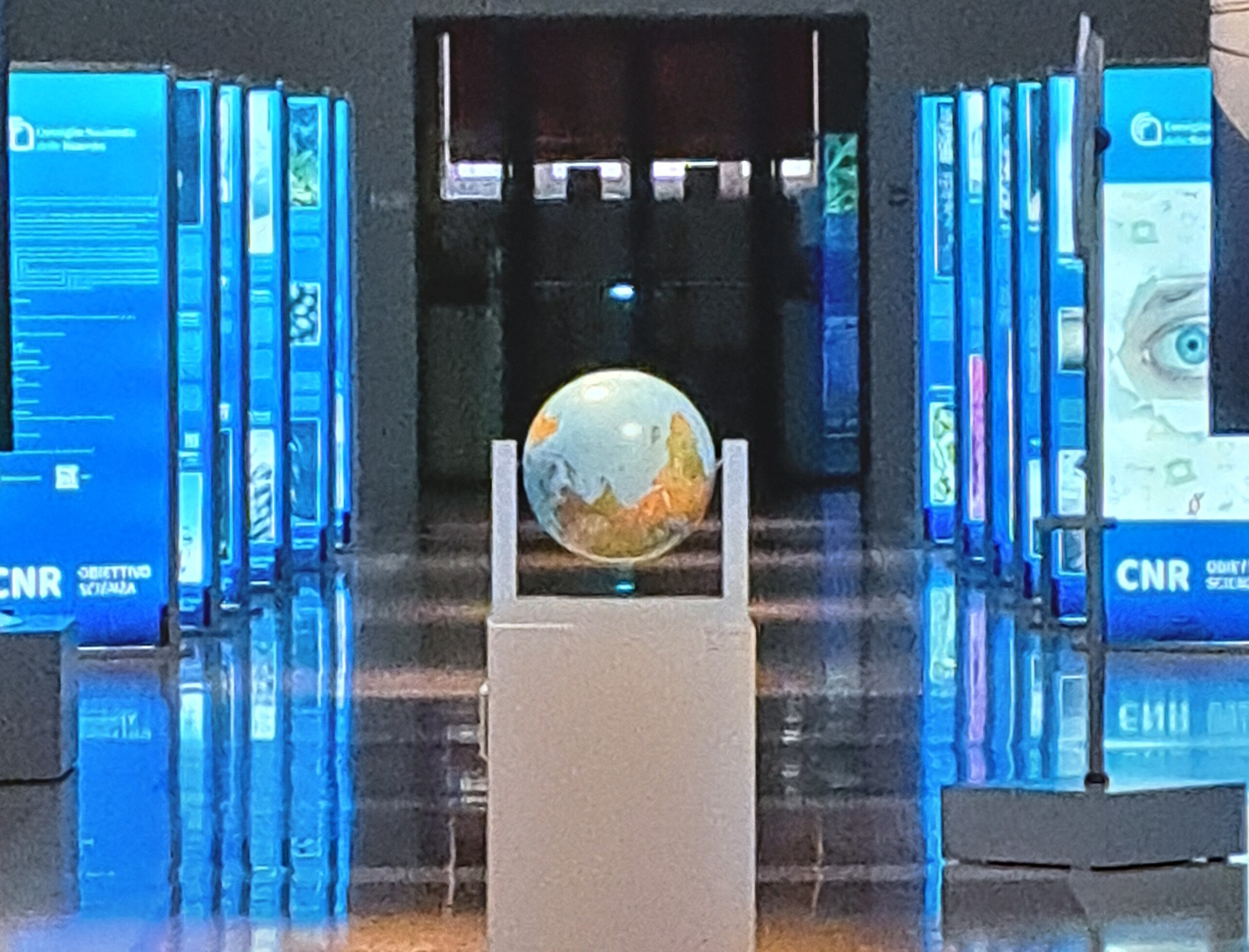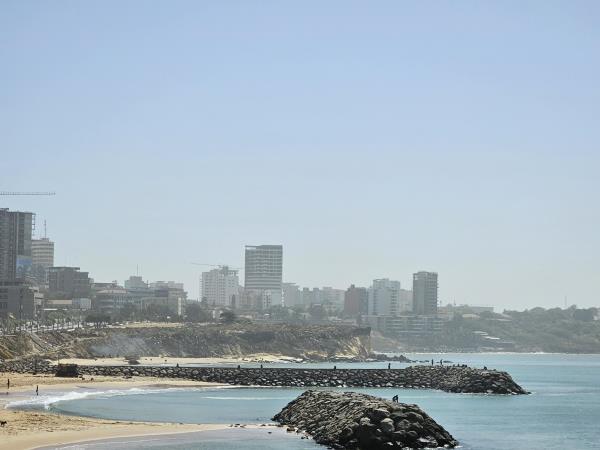Giornata internazionale delle donne e delle ragazze nella scienza - L'approfondimento di ISAC

L’11 febbraio ricorre la Giornata internazionale delle donne e delle ragazze nella scienza, celebrazione istituita nel 2015 dall’Assemblea generale delle Nazioni unite.
Obiettivo di questa giornata è promuovere un accesso equo e una partecipazione paritaria alla scienza per donne e ragazze, in risposta a un divario di genere in ambito scientifico oggi tutt’altro che risolto e su cui presentiamo un approfondimento, nell’ambito delle attività del gruppo di lavoro SCISOC del CNR-ISAC.
Fires in the Mediterranean - A comparison of climate-altering emission data

A new study found discrepancies among four state-of-the-art emission inventories.
Inaugurata la mostra 'Artico. Viaggio interattivo al Polo Nord'

Il 16 gennaio si è svolta presso il Museo Civico Archeologico l’inaugurazione delle mostre scientifiche del Consiglio nazionale delle ricerche “Artico. Viaggio interattivo al Polo Nord” e “Obiettivo Scienza”.

